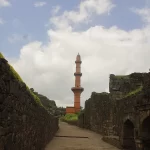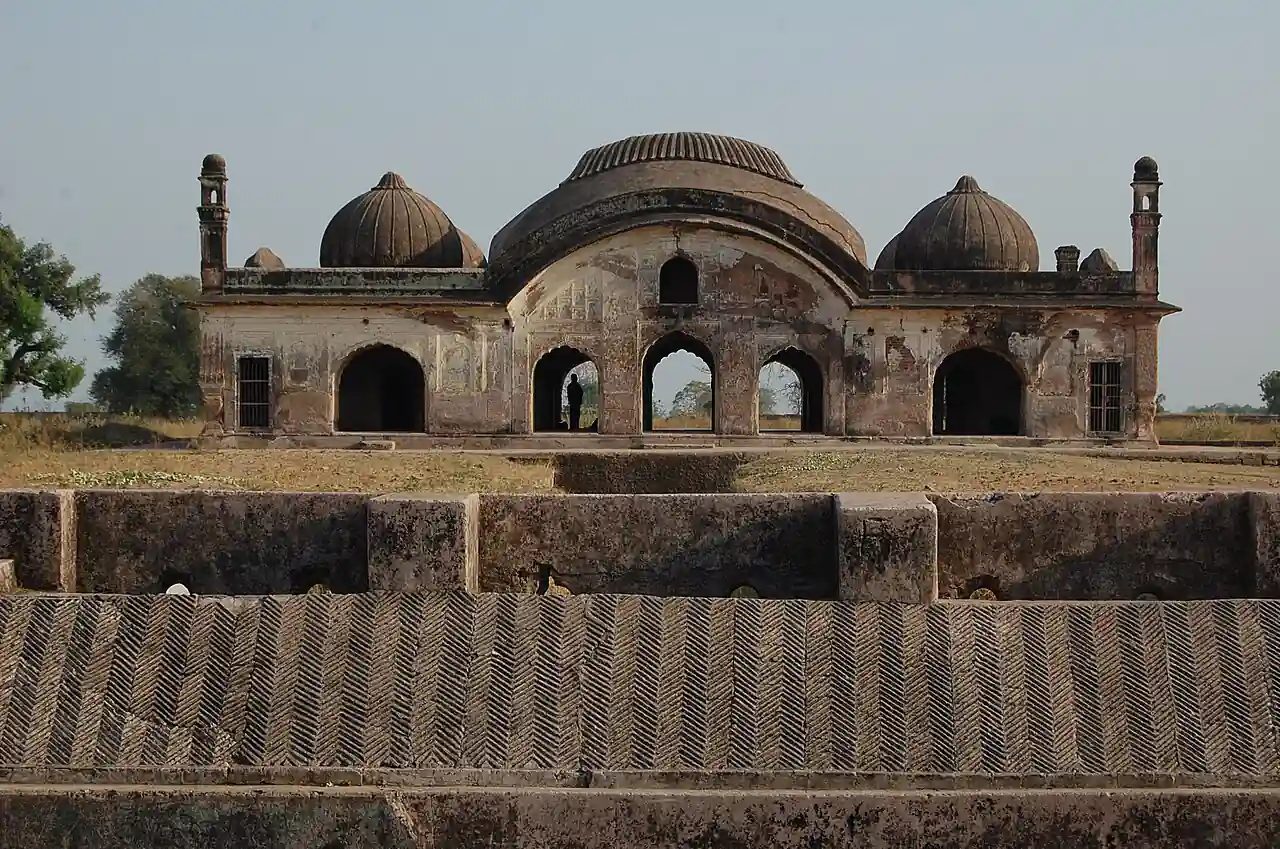Explore Burhanpur: History, Architecture, and Culture
Ready to step into history? Share your Burhanpur travel plans with us in the comments below!
🔴 Introduction:
Burhanpur – Where History Whispers from Every Corner
“A City Where Mughal Grandeur Meets Timeless Tales”
Nestled on the banks of the Tapti River in southwestern Madhya Pradesh, Burhanpur is a city that time forgot but history remembers. Founded in 1388 by Malik Nasir Khan of the Faruqi dynasty, this city became the “Gateway to the Deccan” under Mughal rule. Today, it’s a treasure trove of crumbling forts, serene tombs, and stories of emperors and saints.
Imagine walking through the same halls where Shah Jahan mourned Mumtaz Mahal or standing atop Asirgarh Fort, the “Key to the Deccan” that even Akbar couldn’t resist. Burhanpur isn’t just a destination; it’s an immersive journey through India’s medieval past.
In this guide, we’ll unravel Burhanpur’s secrets, from its Mughal-era water systems to its vibrant textile heritage. Whether you’re a history buff, architecture enthusiast, or a curious traveler, here’s everything you need to know.
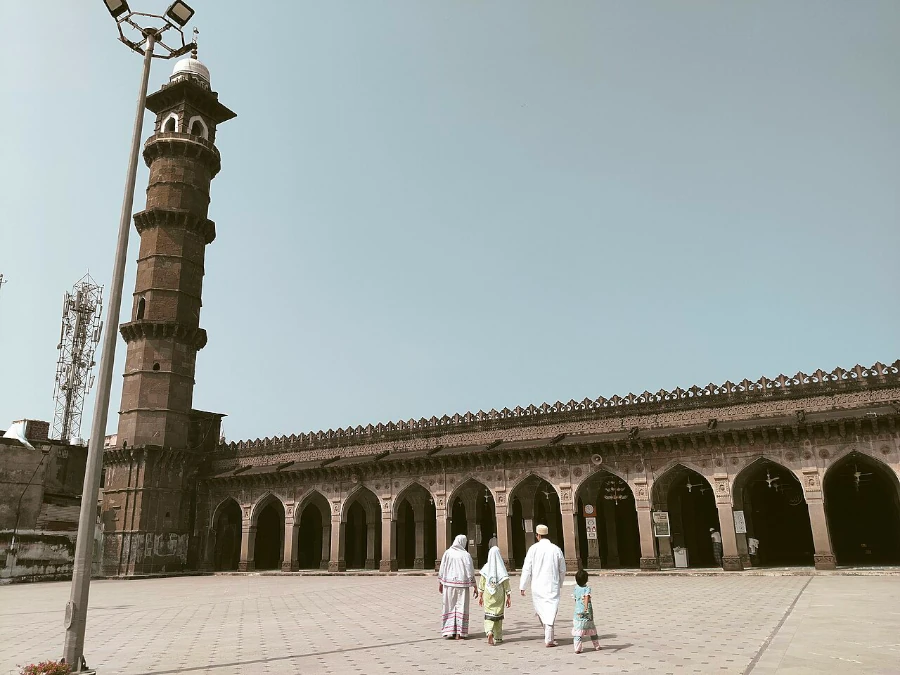
Burhanpur: A Timeless Tapestry of History, Culture, and Resilience
“Where Mughal Grandeur Meets the Soul of Central India”
🟢 Detailed Introduction:
🔘 Historical Roots and Founding
Burhanpur, nestled on the northern banks of the Tapti River in southwestern Madhya Pradesh, traces its origins to the late 14th century. Founded in 1388 by Malik Nasir Khan of the Faruqi dynasty, the city was named after the revered Sufi saint Burhan-ud-Din Gharib, whose spiritual legacy continues to resonate.
Initially a strategic outpost of the Khandesh Sultanate, Burhanpur flourished under Faruqi rule, evolving into a hub for trade, textiles, and Persian-influenced architecture. Excavations along the Tapti River reveal ancient coins and temple remnants, hinting at its significance even during the Rashtrakuta era (753–982 CE).
🔘 Mughal Epoch: The Golden Age
The city’s zenith arrived under Mughal rule after Akbar annexed Khandesh in 1601, designating Burhanpur as the capital of the Deccan provinces. Shah Jahan’s connection to the city is legendary—his beloved wife Mumtaz Mahal died here in 1631 while giving birth to their 14th child.
Her temporary burial in the Ahukhana garden, with its Persian-style Char Bagh layout, inspired the Taj Mahal’s design. The Shahi Qila (Royal Fort), though now in ruins, once housed opulent halls like Diwan-i-Aam and a Zenana Hammam (Royal Bath) adorned with intricate frescoes.
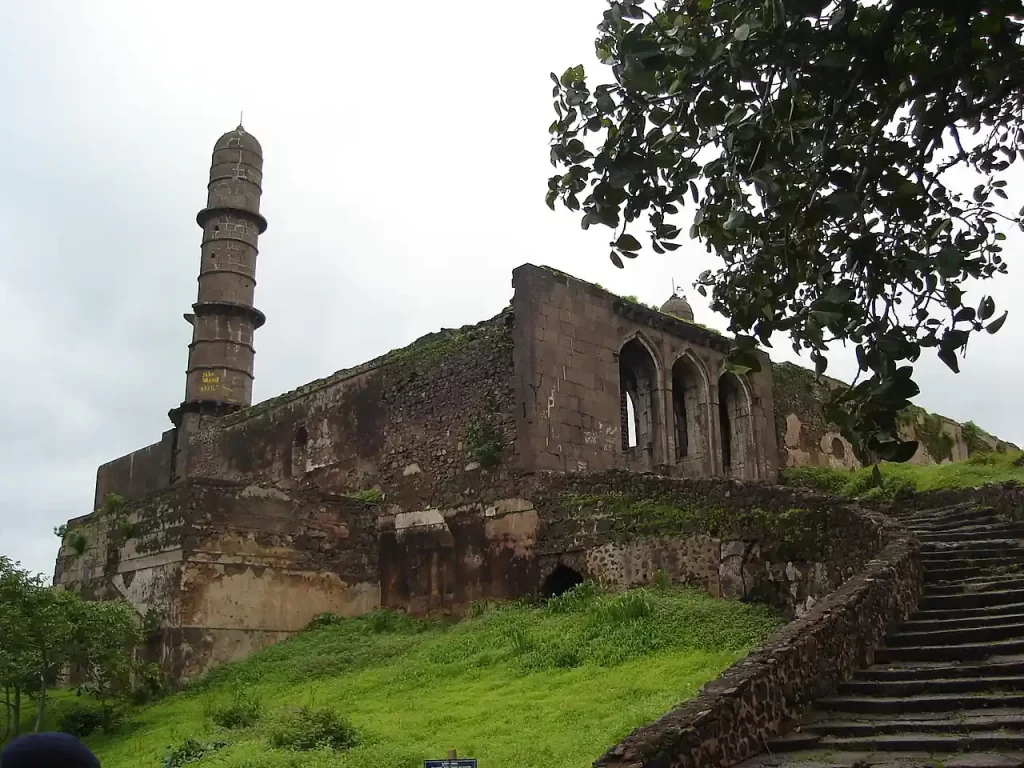
🔘 Architectural Marvels
Burhanpur’s skyline is a testament to Indo-Islamic ingenuity. The Jama Masjid, commissioned by Akbar and completed in 1588, features rare bilingual Sanskrit-Arabic inscriptions and 17 mihrabs facing Mecca. The Asirgarh Fort, perched 701 meters above sea level in the Satpura Range, earned the moniker “Key to the Deccan” for its strategic control over trade routes.
Its 60-acre complex blends Hindu, Islamic, and Persian styles, housing temples, palaces, and the Gupteshwar Mahadev shrine. Equally remarkable is the Kundi Bhandara, a 17th-century underground water network with 108 shafts—a marvel of hydraulic engineering still functional today.
🔘 Cultural Melting Pot
Burhanpur’s demographics reflect a harmonious blend of faiths and traditions. With 50.5% Muslims and 45.8% Hindus, the city celebrates festivals like Eid, Diwali, and Guru Nanak Jayanti with equal fervour. The Dargah-e-Hakimi, a white marble shrine dedicated to Dawoodi Bohra saint Syedna Abdul Qadir Hakimuddin, draws global pilgrims seeking spiritual solace. Urdu remains the lingua franca, while Marathi, Hindi, and Nimadi dialects enrich daily interactions.

🔘 Economic Backbone: Textiles and Trade
Renowned as Madhya Pradesh’s textile powerhouse, Burhanpur thrives on its power loom industry, producing interlining cloth, cambric, and grey markin. The National Textile Corporation (NTC) and cotton mills underscore its industrial legacy, while local markets buzz with handcrafted Batik and Maheshwari sarees. Historically, the city was a Mughal trade nexus for muslin, brocade, and cannon manufacturing, with Aurangzeb’s Hebtulmulk cannon crafted here.
🔘 Monsoons, Myths, and Natural Splendour
The Tapti River, lifeline of Burhanpur, frames its landscape alongside the Utavali and Mohna rivers. The Ahukhana, once a Mughal hunting retreat, now offers serene riverside vistas, while the monsoon transforms nearby forests into lush sanctuaries. The Yawal Wildlife Sanctuary, 50 km west, shelters leopards, chinkaras, and over 150 bird species, making it a haven for nature enthusiasts.
Also Read
Bharat Mata Temple, Daulatabad Fort – A Journey Through History & Spirituality
🔘 Colonial and Post-Independence Era
Burhanpur’s strategic importance attracted Maratha and British powers. Peshwa Bajirao captured it in the 1720s, while Arthur Wellesley (later Duke of Wellington) seized it in 1803 during the Anglo-Maratha Wars. Post-1947, it became part of Madhya Pradesh, gaining district status in 2003. Today, its colleges affiliate with the University of Sagar, fostering education and regional development.
🔘 Culinary Heritage
The city’s gastronomy mirrors its multicultural ethos. Burhanpur Jalebi, thicker and crisper than its North Indian counterpart, and Roghan Josh, a fragrant Mughal Meat curry, are local staples. Street vendors dish out Batla Kachoris and Mawa-batti sweets, while Sufi-inspired Malpua (Pancakes) sweeten festive occasions.
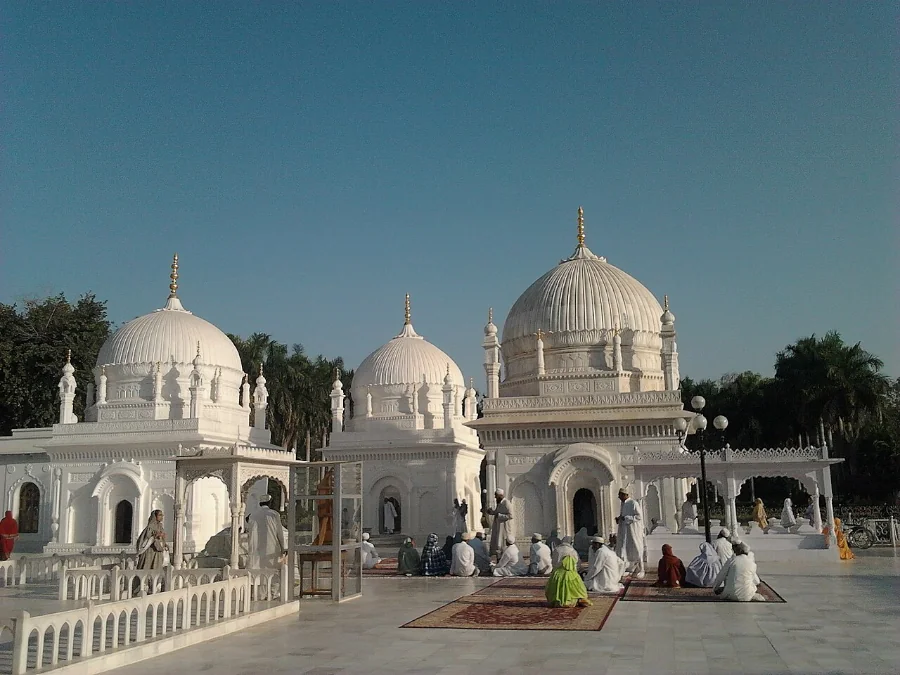
🔘 Modern Connectivity and Tourism
Well-connected by rail and road, Burhanpur lies 340 km from Bhopal and 512 km from Mumbai. The nearest airports are Indore (210 km) and Aurangabad (186 km). Key attractions include the Tomb of Shah Nawaz Khan, a black-stone Mughal mausoleum, and the Gurudwara Sahib, where Guru Gobind Singh’s weapons are preserved.
🔘 Resilience and Future Prospects
Despite its historical splendour, Burhanpur faces modern challenges, including urban congestion and industrial decline. Yet, initiatives like heritage tourism and textile revival projects aim to rekindle its legacy. With a projected 2025 population of 906,000, the city balances preservation and progress, ensuring its stories endure for generations.
🟣 Section Breakdown:
➤ Detailed History & Architecture
⭕ The Rise of Burhanpur: From Rashtrakutas to Mughals
✔ Pre-Mughal Era: Burhanpur’s roots trace back to the Rashtrakuta dynasty (753–982 CE), with excavations revealing ancient coins and temples.
✔ Faruqi Dynasty: Malik Nasir Khan transformed it into a trade hub in 1388, naming it after Sufi saint Burhan-ud-Din. The iconic Jama Masjid and Shahi Qila were built during this era.
✔ Mughal Golden Age: Akbar annexed Burhanpur in 1601, making it the capital of Khandesh. Shah Jahan’s wife, Mumtaz Mahal, was buried here temporarily, inspiring the Taj Mahal’s design.
⭕ Architectural Marvels
✔ Shahi Qila: This fort’s Zenana Hammam (royal bath) features intricate paintings of what might have been the Taj Mahal’s blueprint.
✔ Asirgarh Fort: A 15th-century fortress blending Hindu, Islamic, and Persian styles. Its 60-acre complex includes temples, palaces, and panoramic views.
✔ Kundi Bhandara: A 17th-century underground water network with 108 shafts, still functional today.
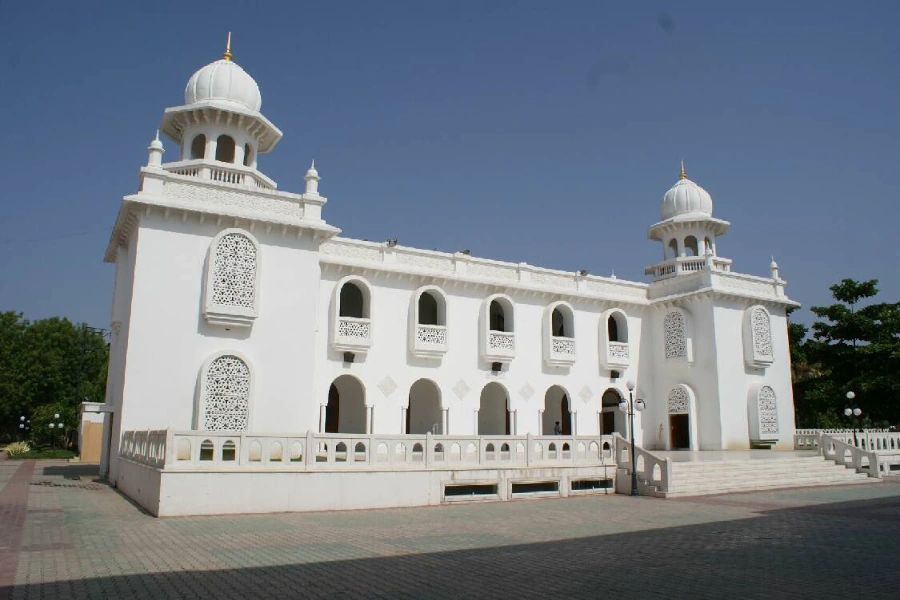
⭕ Distance from Major Indian Cities
| City | Distance (km) | Travel Time (Approx.) |
| Indore | 210 km | 4 hours by road |
| Bhopal | 340 km | 6 hours by road |
| Mumbai | 512 km | 9 hours by road |
| Hyderabad | 550 km | 10 hours by road |
| Delhi | 900 km | 16 hours by road |
Note: Distance and travel time may vary. Please check with google maps or local authorities before travelling.
⭕ Travel Essentials
➨ Best Time to Visit
⦿ October–March: Pleasant weather (14°C – 28°C), ideal for exploring forts.
⦿ Avoid Monsoons (July–September): Heavy rains disrupt travel plans.
➨ How to Reach
⦿ Air: Nearest airport – Devi Ahilya Bai Holkar Airport, Indore (210 km).
⦿ Train: Burhanpur Railway Station connects to Mumbai, Delhi, and Bhopal.
⦿ Road: Well-connected via NH53 and NH347G.
⭕ Top Attractions
✦ Dargah-e-Hakimi: A marble shrine for Dawoodi Bohra pilgrims, offering serene gardens and healing rituals.
✦ Jama Masjid: Built by Akbar, featuring rare Sanskrit-Arabic inscriptions.
✦ Ahukhana: Mumtaz Mahal’s initial burial site, now a tranquil riverside park.
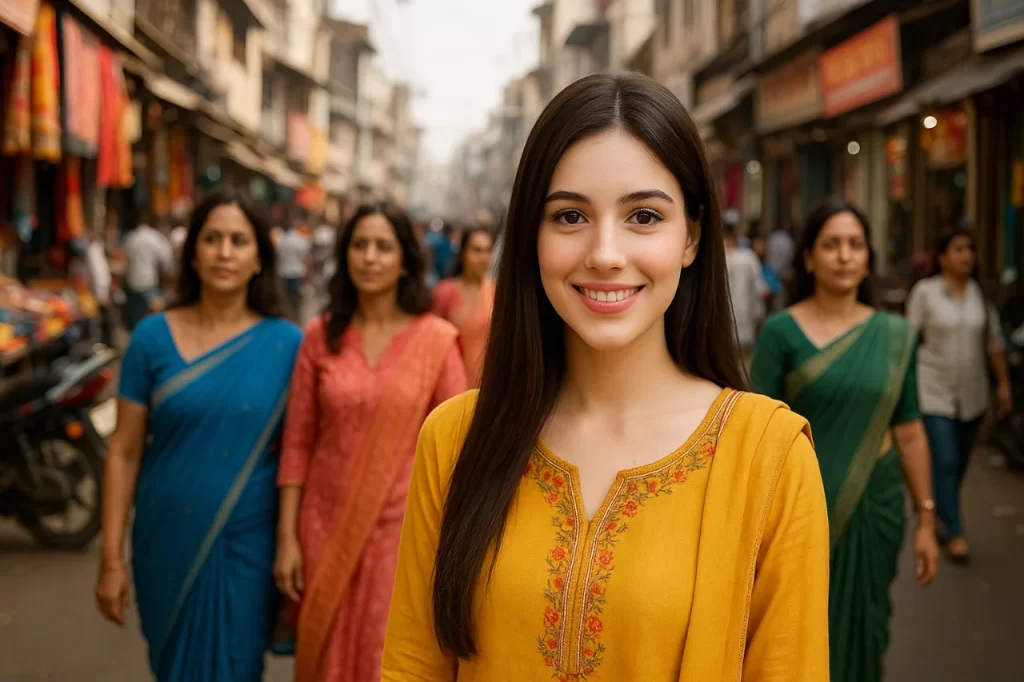
⭕ Cultural Deep Dive
⦿ Local Cuisine: Try Burhanpur Jalebi (Thick, Crispy) and Roghan Josh (Mughal Meat curry).
⦿ Handicrafts: Cotton textiles and power loom fabrics dominate local markets.
⦿ Festivals: The Bohra community’s Urs at Dargah-e-Hakimi draws global devotees.
⭕ Demographics & Economy
⦿ Population: 757,847 (2011), with 72.91% Hindus and 23.86% Muslims.
⦿ Languages: Marathi (26.97%), Hindi (24.83%), Urdu (16.52%).
⦿ Economy: Agriculture and textiles drive the economy; per capita income ₹1.37 lakh (2021).
🟠 Detailed Guide to Places to Visit in Burhanpur
Burhanpur, a historical gem in Madhya Pradesh, offers a rich tapestry of Mughal architecture, spiritual sites, and engineering marvels. Below is a curated list of its top attractions, complete with historical context, architectural highlights, and practical details:
⛔ Asirgarh Fort
🚥 Location: 20 km from Burhanpur on the Satpura Range
🕓 Timings: 10 AM – 5 PM
👉 Historical Significance: Built by King Asa Ahir in the 15th century, this fort was known as the “Key to the Deccan” for its strategic control over trade routes. It witnessed Mughal, Maratha, and British rule.
👉 Architecture: Spread over 60 acres, the fort blends Hindu, Islamic, and Persian styles. It includes three sections—Asirgarh, Kamargarh, and Malaygarh—and houses the Gupteshwar Mahadev Temple and a ruined mosque.
👉 Highlights: Panoramic views of the Tapti and Narmada valleys and a 701-meter elevation offering a glimpse into its military past.
⛔ Shahi Qila (Royal Fort)
🚥 Location: West of the Tapti River
🕓 Timings: 6 AM – 6 PM
👉 Historical Significance: Built by the Faruqi dynasty and expanded by Shah Jahan, this fort served as his residence during Mumtaz Mahal’s final days. It temporarily housed her remains before their transfer to the Taj Mahal.
👉 Architecture: Features the Zenana Hammam (Royal Bath) with intricate frescoes, Diwan-i-Aam, and Diwan-i-Khas. The fort’s labyrinthine design earned it the nickname Bhoolbhoolaiya.
⛔ Jama Masjid
🚥 Location: Gandhi Chowk, Central Burhanpur
🕓 Timings: 5 AM – 9 PM
👉 Historical Significance: Commissioned by Faruqi ruler Adil Shah in 1590 and completed under Akbar’s supervision. It is one of India’s few mosques with bilingual Sanskrit-Arabic inscriptions.
👉 Architecture: A roofless structure with 17 Mihrabs, towering minarets, and black stone sourced from Mandu. The symmetrical arches create an illusion of a ceiling.
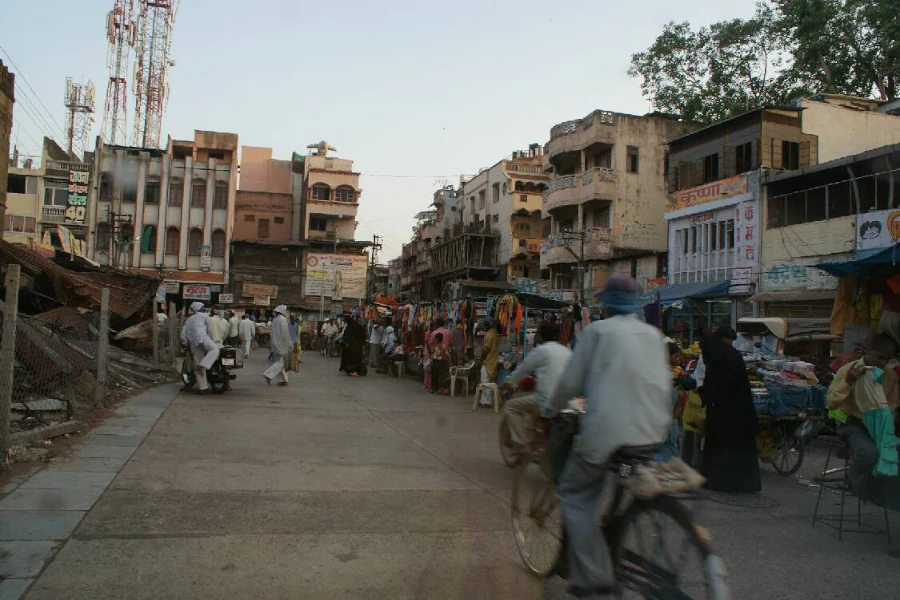
⛔ Dargah-e-Hakimi
🚥 Location: Lodhipura Village, 2 km from Burhanpur
🕓 Timings: 6 AM – 9 PM
👉 Spiritual Significance: A revered site for Dawoodi Bohra Muslims, dedicated to Syedna Abdul Qadir Hakimuddin. Pilgrims visit for healing and spiritual solace.
👉 Architecture: Constructed in white marble with intricate carvings, the complex includes a mosque, gardens, and accommodation facilities.
⛔ Ahukhana (Mumtaz Mahal’s Initial Burial Site)
🚥 Location: Banks of the Tapti River
🕓 Timings: 9 AM – 6 PM
👉 Historical Significance: Mumtaz Mahal was buried here for six months in 1631. The site features a Persian-style garden (Char Bagh) and a water tank.
👉 Highlights: The Aahukhana (Mourning Garden) is a serene spot with remnants of Mughal-era pavilions and frescoes.
⛔ Tomb of Shah Nawaz Khan (Black Taj Mahal)
🚥 Location: Teressa, Banks of the Utavali River
🕓 Timings: 9 AM – 4 PM (Closed Wednesdays)
👉 Architecture: Built with black stone, this smaller replica of the Taj Mahal features hexagonal minarets and arched verandas. It houses the tombs of Shah Nawaz Khan, a Mughal commander, and his wife.
👉 Folklore: Locals believe Shah Jahan planned a black marble Taj for himself, though no historical evidence supports this.
⛔ Kundi Bhandara
🚥 Location: Sultanpur, 3 km from Burhanpur
🕓 Timings: Daytime visits recommended
👉 Engineering Marvel: A 17th-century underground water system with 108 shafts, designed by Mughal engineers to channel rainwater from the Satpura Hills. The network includes three reservoirs — Mool Bhandara, Sukha Bhandara, and Chintaharan Bhandara.
👉 Functionality: Still supplies mineral-rich water to the city, showcasing advanced hydraulic principles.
⛔ Gurudwara Bari Sangat Sahib
🚥 Location: Industrial Area, Burhanpur
🕓 Timings: 6 AM – 6 PM
👉 Historical Significance: Associated with Guru Gobind Singh, who stayed here during his travels. The site preserves an ancient handwritten copy of the Guru Granth Sahib.
👉 Architecture: A marble-canopied sanctum with a gallery and domed pavilion.
⛔ Raja Jai Singh Ki Chhatri
🚥 Location: Mohona Road, Banks of the Tapti River
🕓 Timings: 9 AM – 4:30 PM
👉 Architecture: A fusion of Mughal and Rajasthani styles, featuring 32 carved pillars, a central dome, and eight smaller domes. Built in memory of Raja Jai Singh, a Mughal commander.
⛔ Ichhadevi Temple
🚥 Location: Icchapur Village, 23 km from Burhanpur
👉 Spiritual Significance: Dedicated to Goddess Icchadevi, believed to fulfill wishes. Built by a Maratha subedar 450 years ago after he was blessed with a son.
👉 Highlights: Perched on a hill near the Maharashtra border, offering scenic views.
⛲ Additional Notable Sites
👉 Mahal Gulara: A Mughal-era palace with waterfalls and a mausoleum for Hazrat Nizamuddin.
👉 Kabir Temple: A 19th-century temple dedicated to Sant Kabir, hosting annual philosophical discourses.
👉 Rokdiya Hanuman Mandir: A riverside temple hosting an annual fair in the Hindu month of Paush.
Travel Tips:
⦿ Best Time to Visit: October–March for pleasant weather.
⦿ How to Reach: Nearest airports in Indore (210 km) and Aurangabad (186 km); well-connected by rail and road.
For more details, you can explore the district’s official tourism portal or historical archives.
🟤 FAQs
Is Burhanpur safe for solo travellers?
Yes, but hire a guide for remote forts like Asirgarh.
What’s unique about Burhanpur’s Architecture?
The fusion of Persian gardens (Ahukhana) and Mughal Engineering (Kundi Bhandara).
🔵 Conclusion:
Burhanpur is more than a pitstop—it’s a narrative etched in stone and river. From Shah Jahan’s love story to the whispers of Sufi saints, every corner resonates with history. Pack your bags, and let Burhanpur’s timeless charm sweep you off your feet.
🟡 Sources:
⦿ District Administration of Burhanpur
⦿ Historical records from Akbar’s court
⦿ Encyclopaedia Iranica
⦿ Census India
⦿ Historical archives
Image Credit
⦿ Wikimedia Commons – Asirgarh fort -Burhanpur-(Madhya Pradesh, India)
⦿ Wikimedia Commons – Aahukhana burhanpur (Madhya Pradesh, India)
⦿ Wikimedia Commons – Burhanpur town streets – panoramio
⦿ Wikimedia Commons – Mausoleum Dawoodi Bohra Duwat, Burhanpur era
⦿ Wikimedia Commons – Shah Colony, Lodhipura, Burhanpur, Madhya Pradesh 450331, India – panoramio
⦿ Wikimedia Commons – Jama masjid , Burhanpur Minaret and front open space
For more information, you can visit our website: ExploreXP
Loved this guide? Bookmark it for your next adventure and tag us in your Burhanpur photos! 🌍✨
Latest Posts
- Devgad Taluka, Maharashtra – The Golden Jewel of the Konkan Coast
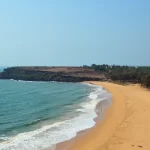
- Shrimant Dagdusheth Halwai Ganpati Mandir – Pune, Maharashtra

- Exploring Sinnar, Nashik District, Maharashtra: Heritage, Industry, and Culture
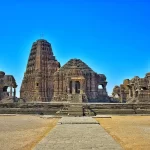
- Kas Plateau Reserved Forest, Maharashtra: A Natural Marvel of Biodiversity and Cultural Heritage
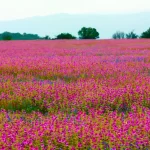
- Exploring Pachora: History, Culture, and Agriculture
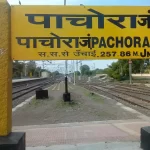
- Chand Minar – A Timeless Jewel of Indo-Islamic Architecture
